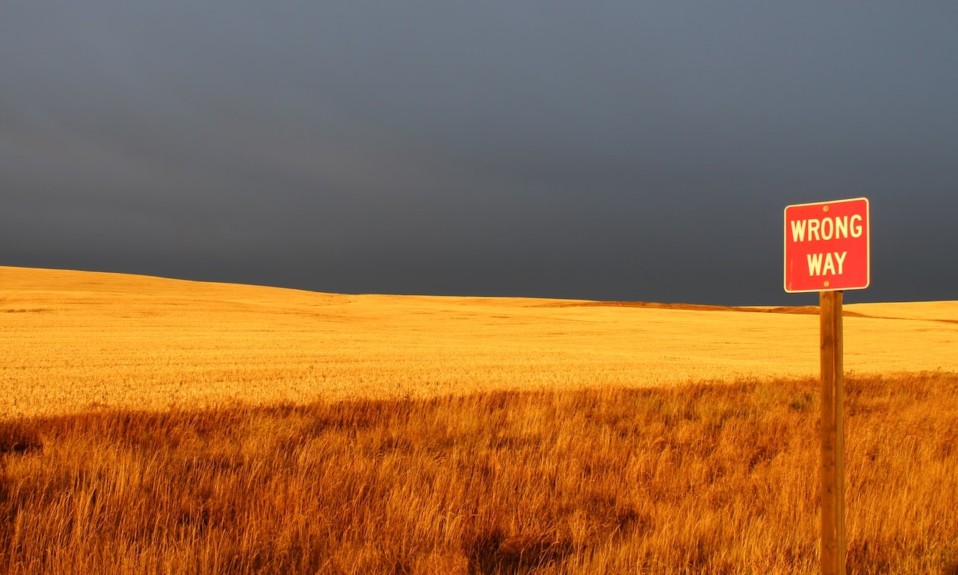To truly improve outcomes, we must nourish—not damage—recovery community organizations
This post is reprinted with permission from one of TreatmentMagazine.com’s go-to blogs about addiction, treatment and recovery: Recovery Review.
By William Stauffer
One of the reasons that I am so focused on our history as a recovery movement is that our past can tell us a great deal about the types of challenges we have faced, which strategies have been most successful, and the themes that occurred over time that influenced these processes. It helps us see our path forward.
The short version of our history is that everything in our entire SUD care system originated with the recovery community. Yet, those same systems then move away from the needs of the recovery community over time. We shift towards polices to punish people out of addiction. We put up care access barriers and expand administrative burdens as a direct result of our societies deep biases against persons who experience substance use disorders. Our best recovery community efforts then whither on the vine. A decade or two later, the recovery community rises again and rebuilds for the next cycle. Far too much energy gets lost as we are forced to reinvent the wheel each time.
As I spoke about recently in this piece, PAINFULLY OBVIOUS, there is deep discriminatory processes baked into our institutions. Partially by design. One of our authentic recovery community organizations (RCOs) compared what is being done with our current competitive grant process is that of a piece of meat being thrown into a pack of starving dogs and then watching them fight and hurt each other for basic sustenance. You can’t take grassroots community organizations who have never had stable funding and expect them to fight each other (and longer established treatment and other human service organizations) for a few dollars and expect to end up with a cohesive and inclusive care system.
We are at a critical moment in history. Substance misuse is dramatically increasing in our society, in part as a result of the pandemic and a lot of underlying social strife and turmoil. Drug use is clearly shifting to multiple substance use patterns that make single substance treatment strategies less impactful.”
One of the focuses of the new advocacy recovery movement was to nurture RCOs across America, in every community. It is a worthy vision. It starts with acknowledging that RCOs, run for and by people in recovery focused on supporting their own communities is valuable enough a resource to develop in its own right. Local organizations to support recovery in their communities and statewide recovery community organizations to provide technical assistance, training, and support. We are not there yet, not even close. This is in large part because we have set up a Conflict Model that pits communities who want to build community against each other to fight for table scraps of funding.
We are at a critical moment in history. Substance misuse is dramatically increasing in our society, in part as a result of the pandemic and a lot of underlying social strife and turmoil. Drug use is clearly shifting to multiple substance use patterns that make single substance treatment strategies less impactful for persons with severe substance use disorders. Our public SUD care system, underfunded and overburdened with demands and a decades-long workforce crisis, is crumbling even as we see more challenging times ahead. What we are doing is not working.
We are at that all hands-on deck; it takes the whole village moment. Our family members and neighbors are dying. It is a horrific process that is costing us vast treasures in lost lives and broken communities. Addiction and the consequences of it is the primary driver of human service and correctional costs in America. Yet, we pit our new, fledgling grassroots recovery community organizations against our established system of care and each other to sustain conflict. It is the antithesis of what is needed at this moment in time. We need the recovery set aside—a 10% federal block grant for recovery, and then at the state levels, we must ensure such resources are allocated in ways that support the development of authentic RCOs instead of setting them up for conflict with each other and the rest of our care system.
We need to take a hard look at discriminatory practices that set up barriers for persons in recovery from getting into and staying in our workforce. … Persons in recovery have always been the backbone of our SUD workforce.”
We are in the early phases of a syndemic, with the addiction epidemic and the pandemic coming together in ways that will create a decade with even more challenge than we faced in the last decade. It is time to:
- Dedicate resources to developing Recovery Capital inside of our states and at the local and regional levels. Not in a competitive dog-eat-dog model, but one that honors and supports authentic recovery communities. Not divide and conquer nontransparent funding processes, but inclusive and recovery community oriented.
- Ensue that the recovery community is meaningfully engaged in how funding is allocated and what it builds—systems that embrace a recovery model, which understands and acknowledges that communities in recovery are the experts in what they need and how to build effective care models focused from the ground up, not from the top down.
- Use our SUD resources inside of our states instead of bringing in vendors from outside of the state to provide some training or technical assistance. We need to build recovery service and recovery community technical assistance capacity nested within recovery community organizations in every state, not send our monies elsewhere.
- We need to invest in long term recovery focused on the five-year recovery paradigm. We know that addiction is a long-term condition, yet all our models and research is all focused on narrow, short-term goals. It needs to change. We need to think bigger and build a care system that supports long term recovery.
- We need to take a hard look at discriminatory practices that set up barriers for persons in recovery from getting into and staying in our workforce. It is discrimination. Persons in recovery have always been the backbone of our SUD workforce. We need to create on ramps for persons in recovery to get into our field and then grow them.
We face a collapsing workforce and burgeoning needs on one hand and long term, recovery-oriented community building opportunities we are not using to even a fraction of their potential on the other. We know we will see a dramatic need for behavioral health needs created by the pandemic and social strife. We need to reinvent our systems to focus on strengthening grassroots community resources and expand recovery capacity across all of our communities, in partnership with those communities. We need to move beyond our low expectations for persons in recovery caused by discriminatory views about us and towards a long term recovery model.
Let’s move forward inclusively instead of starving our recovery community organizations of resources as we watch our friends and family members die.”
What is true is that we know that 85% of persons with an SUD who reach five years of recovery stay in recovery for the rest of their lives—let’s build a system that focuses on these needs together. It has never been needed more than it is needed right now. Let’s move forward inclusively instead of starving our recovery community organizations of resources as we watch our friends and family members die. To sustain such a conflict-oriented model at this point must be called what it is, which is overt discrimination.
It is time for change—lives depend on it. We need to actually embrace recovery community organizations for what they are: one of the best options we have on the table to develop and support.
It takes a (recovery) village.
This Recovery Review post is by William Stauffer, who has been executive director of Pennsylvania Recovery Organization Alliance (PRO-A), the statewide recovery organization of Pennsylvania. He is in long-term recovery since age 21 and has been actively engaged in public policy in the recovery arena for most of those years. He is also an adjunct professor of Social Work at Misericordia University in Dallas, Pa. Find more of his writing, as well as a thought-provoking range of articles, insights and expert opinions on treatment and addiction at RecoveryReview.com.blog.
Photo: Taylor Hernandez














